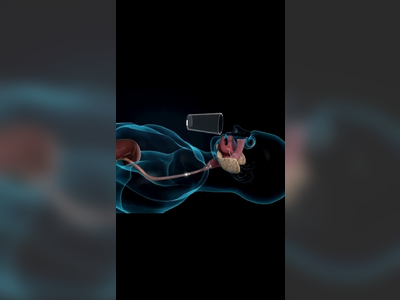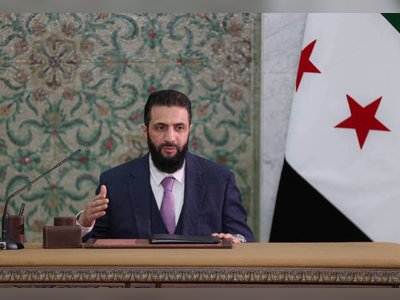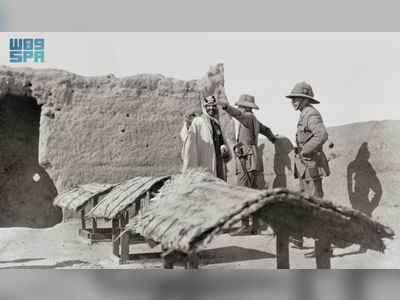
World Cup in Qatar to use semi-automated offside system
FIFA has confirmed that a semi-automated offside system will be used at this year’s football World Cup in Qatar.
The new technology utilises a limb-tracking camera system to track player movements and a sensor in the ball.
It then quickly shows 3D images on stadium screens at the tournament to help fans understand the referee’s call.
It is the third World Cup in a dispute that will see FIFA introduce new technology to help referees.
The optical tracking system was trialled at the FIFA Club World Cup in Abu Dhabi earlier this year and had also been tested at the Arab Cup in Qatar last December.
“Semi-automated offside technology is an evolution of VAR systems that have been implemented across the world,” the global body’s President Gianni Infantino said in a statement on Friday. VAR is an acronym for Video Assistant Referee.
“This technology is the culmination of three years of dedicated research and testing to provide the very best for the teams, players and fans who will be heading to Qatar later this year, and FIFA is proud of this work, as we look forward to the world seeing the benefits of semi-automated offside technology at the World Cup 2022,” he added.
Goal-line technology was ready for the 2014 tournament in Brazil after a notorious refereeing error in 2010. In 2018, a video review to help referees judge game-changing incidents was rolled out in Russia.
The new offside system promises faster and more accurate decisions than are currently made with the VAR system, even though the 2018 World Cup avoided significant mistakes on offside calls.
Controversy has since flared in European leagues, especially where VAR officials draw on-screen lines over players for marginal calls. They have been mocked as “armpit offsides” because of the tiny margins.
“Although these tools are quite accurate, this accuracy may be improved,” said Pierluigi Collina, who leads FIFA’s refereeing programme and worked the 2002 World Cup final in the pre-technology era.
Each stadium in Qatar will have 12 cameras beneath the roof synchronised to track 29 data points on each player’s body 50 times per second. Data is processed with artificial intelligence to create a 3D offside line that is alerted to the team of VAR officials.
A sensor in the match ball tracks its acceleration and gives a more precise “kick point” – when the decisive pass is played – to align with the offside line data, FIFA innovation director Johannes Holzmüller said in an online briefing.
Ensuring football’s biggest event is a showcase for technological progress – and avoids obvious errors that live on in World Cup lore – has been a longtime FIFA goal.
The shot by England’s Frank Lampard that crossed the Germany goal-line in 2010 but was not given as a goal almost immediately ended then-President Sepp Blatter’s opposition to giving referees technological aids.
Later that same day in South Africa, a clearly incorrect offside call let Carlos Tevez score Argentina’s first goal in a 3-1 win over Mexico in the round of 16.
In 2014, Bosnia and Herzegovina failed to advance from the group in its first World Cup after Edin Dzeko’s early goal against Nigeria was wrongly judged offside. Nigeria went on to win 1-0.
FIFA’s push to get the new offside technology ready for the World Cup was slowed by the COVID-19 pandemic.
Within seconds of a possible offside, a specialist member of the VAR team can manually check the data-created line for attackers and defenders and the kick point of the pass, Holzmüller said.
It falls to the senior VAR official to alert the match referee of the right decision by their audio link. That should take from 20 to 25 seconds compared with an average of 70 seconds currently for a complex offside call.
“Sometimes the length of checks of reviews is definitely too long,” Collina said, acknowledging delays disrupt the flow of games. “For [VAR officials] time flies, but for the rest – for coaches, for players, for spectators – it’s completely different.”
The same 3D animations of offside calls that VARs will use should then be available to broadcasters and shown on stadium screens, likely during the next stop in play.
Collina was enthusiastic about the technology but less so about the often-used description of “robot referees.”
“I understand that sometimes this is very good for headlines but this is not the case,” said the Italian official, defending the key human element of decision-making in football.
Collina also agreed that improved technology will not end the game’s love of controversy and debating key incidents.
“There will be still room for discussion,” he said.











